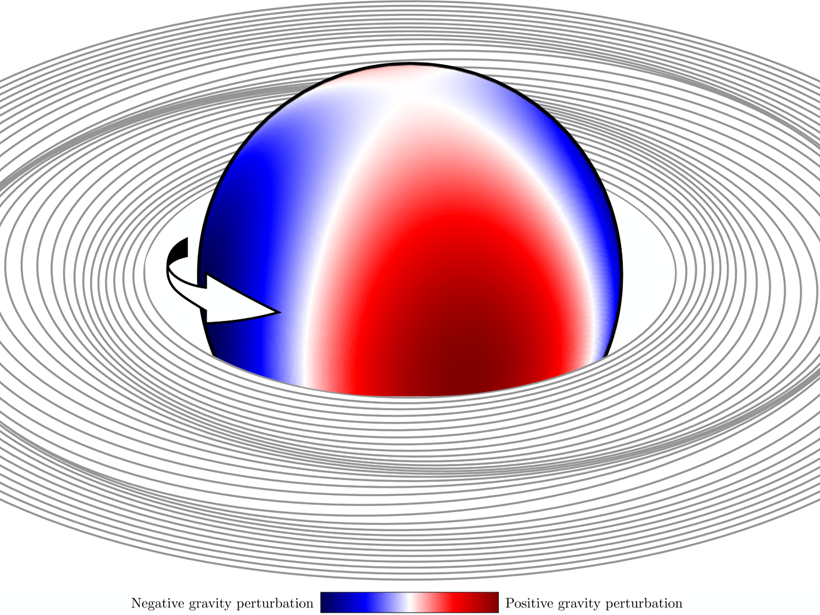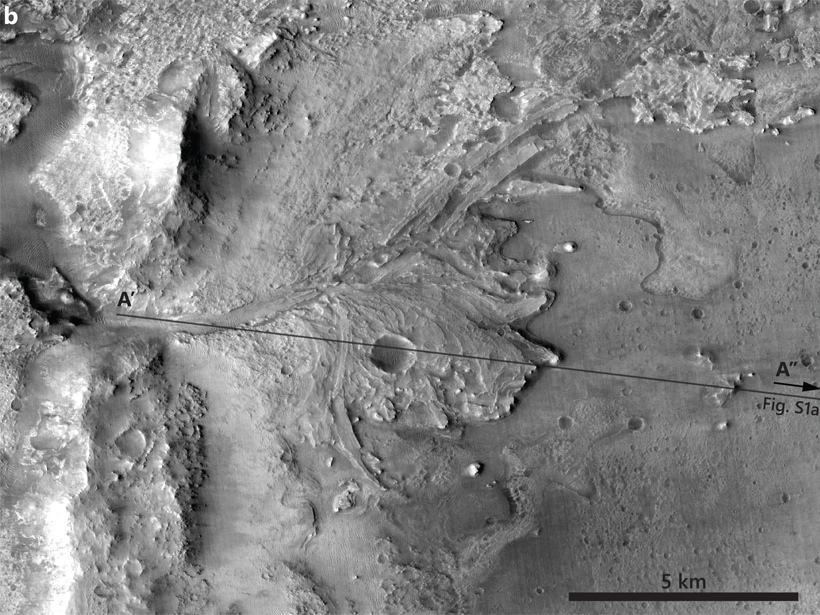Magnetized particles in a meteorite suggest strong magnetic fields in the early solar nebula.
F. Nimmo
Editor, AGU Advances
Posted inEditors' Highlights
Saturn’s Dynamo Illuminates its Interior
Saturn’s oddly symmetrical magnetic field can be explained by models in which the active dynamo region is overlain by a thick, stable layer cooled more strongly at the poles.
Posted inEditors' Highlights
Using Saturn’s Rings as a Seismometer
The Cassini spacecraft observed spiral density waves in the rings of Saturn which can be used to probe its interior structure and rotation.
Posted inEditors' Highlights
How Fast Did an Ancient Martian Delta Form?
Terrestrial meander migration rates are used to estimate a formation timescale of decades for Jezero delta on Mars.




